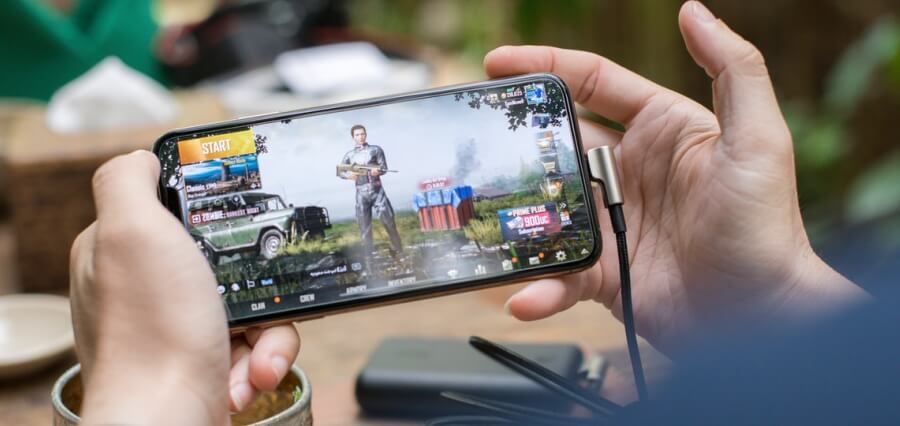India is one of the world’s biggest and most powerful economies. In 2021, the country had a nominal GDP of US$2.72 trillion, putting it in 7th place, just behind France (US$2.78 trillion) and the United Kingdom (US$2.83 trillion). Unlike these other countries, India’s GDP is growing at a much faster rate, often in excess of 7% annually.
It’s also no secret that India is one of the most populous countries globally, with 1.38 billion people as of 2020. That means India ranks second, just behind China’s 1.402 billion.
India has placed a lot of economic emphasis on IT. Over the last couple of decades, companies have invested heavily in IT services as “business process outsourcing” (BPO), helping the sector build up a share of around 10% of India’s GDP.
So, with such a large population, many of whom are tech-savvy, it should come as no surprise that video games sell well in the country. But is the size of the Indian gaming market compared to other parts of the world?
PC and Console Games
Traditionally, video games have been played on computers and consoles. Console sales have been a huge cash cow for companies like Nintendo, Sony, Sega, and Microsoft in markets like Europe, North America, and parts of Asia.
However, they haven’t sold that well in India. During the first nine months of 2020, Sony sold 39,000 units of its PlayStation 4 on the subcontinent. Globally, the company shifted 4.8 million units of the device during that time. Therefore, India, a country that has 17.5% of the world’s population, only bought 0.8% of the world’s PlayStation 4 consoles during this period.
This isn’t because the PS4 isn’t particularly popular in India; it was the best-selling product in its category for most of its life.
However, computers have been the preferred option, partially because Indians already own a PC for other purposes and because they’ve been made available in cyber cafes.
Casino Games
Casino games make up one of the most popular categories across the world today. Billions are spent through computers and mobile devices every year to play classic titles like blackjack and roulette. The Indian market alone is worth around $60 billion a year, putting it up there with many European countries.
Markets like the UK are at a more mature stage, simply because iGaming has been possible for much longer and the country’s government has generally been welcoming to the industry. To stay ahead of the competition, leading brands like Betway Casino have developed live casino games; these innovative versions of classic options broadcast a high-quality video feed of a human dealer who controls the game as they would in a land-based casino, talking to players who can respond via a text chat function.
In India, these games are also proving popular. Their uptake is helped because the country has one of the highest average internet speeds in the region, with average fixed download speeds of more than 62 Mbps in September 2021.

Mobile Games
More Indians access the internet through their smartphones than through other devices. This trend has positioned the country as the fifth largest globally, offering ample opportunities for enthusiasts to monetize gaming skills effectively.
According to a KPMG report on gaming in India, smartphones and tablets account for 87% of all gaming in the country. This has increased from 75% in 2017 and is likely to continue growing in the coming years.
The company also predicts that casual mobile gaming in India will grow by 182% between now and 2025, reaching INR169 billion in annual revenue.
In contrast, mobile alone accounts for around 20% of the UK’s gaming market, generating around £1.17 billion of the overall £5.7 billion in revenue for companies producing and distributing content.
Similarly, mobile gaming makes up around 27% of the revenue in the United States, while 36% of gamers use their smartphone for playing. While both are significant numbers, they are a far cry from what we see in India.


